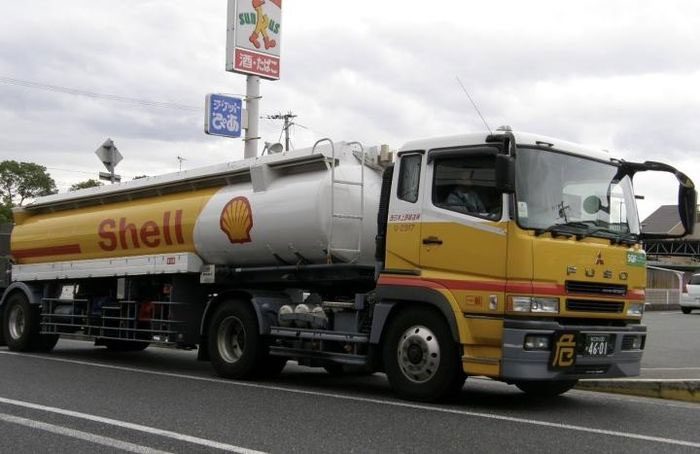Typically, tank trucks used for transporting liquids, liquefied gases, or liquid mixtures such as gasoline, oil, and cement have cylindrical or elliptical tanks. Why is this the case?

Tank trucks for transporting liquids usually have cylindrical tanks. (Illustrative Image).
Cylindrical tanks typically do not have “weak points” that require reinforcement, which means that less material is needed to construct the tank. In contrast, a rectangular or square tank has corners and flat edges that create weak points under pressure. In other words, a rectangular container will fail faster than a cylindrical one when subjected to high pressure.
A sphere is the best shape for containing liquids, as it allows for maximum volume storage for a given surface area. However, the sphere is not easy to transport, so the next best option is a “long” sphere, meaning cylindrical or elliptical.
Additionally, shapes with a center of gravity as low as possible, like cylinders, maintain better stability of the liquid during movement. In contrast, the center of gravity of a rectangular tank is higher than that of a cylindrical tank. During transportation, the liquid’s oscillation within a rectangular tank can hit the flat sides, creating significant reactive forces that result in violent movement of the liquid mass inside.
Cylindrical or elliptical tanks are also more convenient for extracting the contained liquid, as they are similar to a funnel shape, allowing the liquid to settle at the bottom of the tank.
Cylindrical tanks are easier to clean than rectangular tanks, as liquid residues tend to accumulate in the corners, making them harder to clean. Cylindrical or elliptical tanks are easier to maintain due to their rounded corner design.


















































